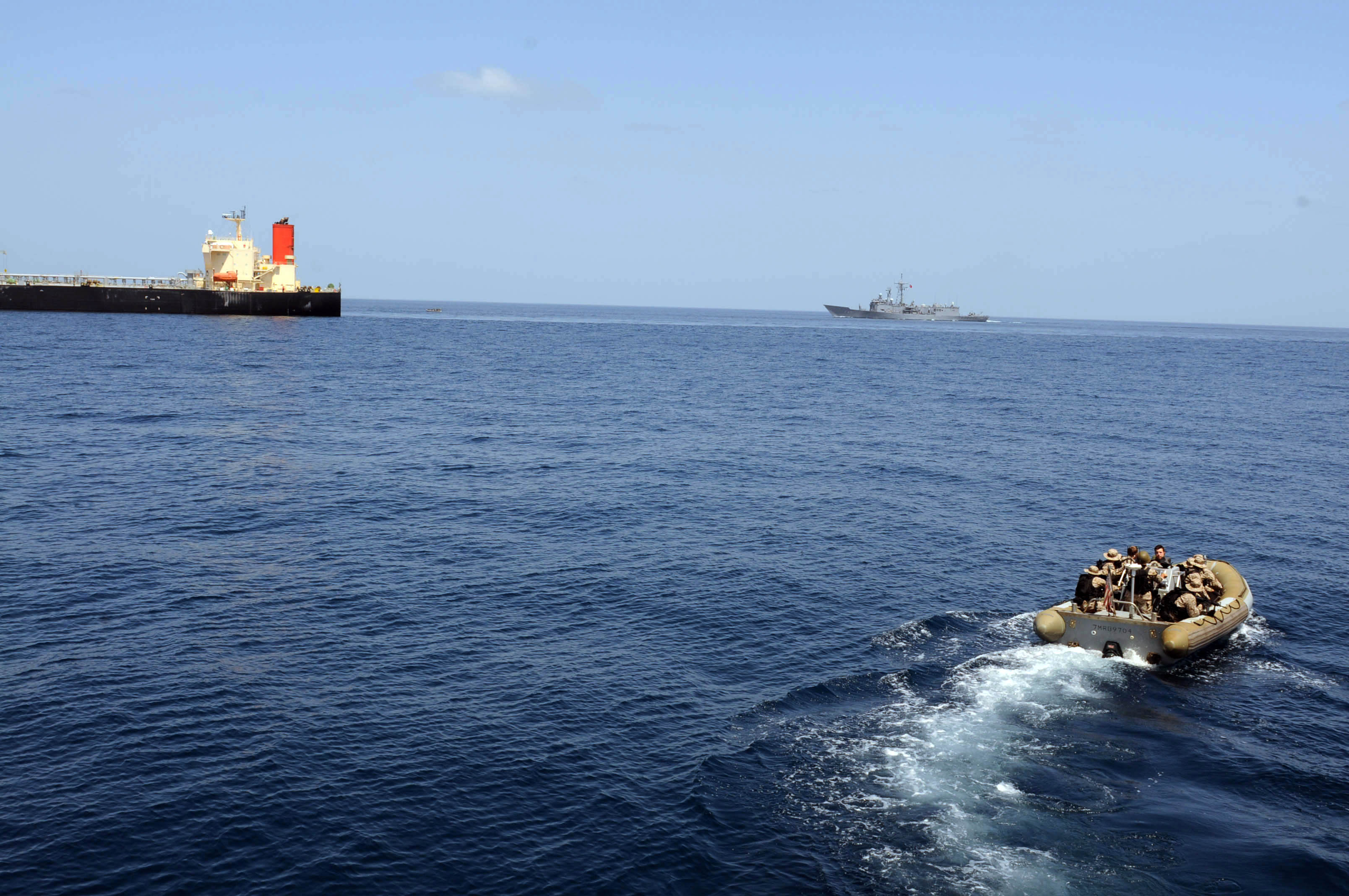By Bridget Coggins.
Policy-makers and academics seem to have reached a consensus on the link between governance and maritime piracy: weak – but not failed – states present the most fertile ground for piracy’s emergence. The relationship is “hump” shaped, rising as states become stronger up to a point, and then declining thereafter. This is because piracy needs a stable environment where ships can be held for months at a time while ransom negotiations occur; it needs markets where goods can be purchased to support the captives and the pirates’ lifestyle; it requires regular traffic in to and out of maritime ports; and it benefits from authorities that can be bribed to support the industry. Too much anarchy and unpredictability is limiting and undesirable.
The apparent agreement, however, belies the reality. Whereas cross-national, macro-level studies find that states with low-range capacity offer the most attractive bases for piracy, the weak authority that area experts have observed at the micro-level in Somalia is too minimal and local to even register as capacity in cross-national studies. Which set of experts is right?
In a new article published in the Journal of Global Security Studies, I begin with the macro-level and find that large N studies which examine piracy’s structural causes fall victim to a common problem in analyses of weak states – as states become weaker, data about them becomes increasingly scarce. As a result, the weakest states are rarely captured in cross-national studies, producing the misleading conclusion that weak but stable states are the most vulnerable to the emergence of a pirate industry. Once we recapture those states, I find a negative linear relationship between national governance and piracy. As states become weaker, they become more vulnerable to the emergence of piracy.
However, at the micro-level within Somalia and Yemen, the emergence of sophisticated maritime piracy conforms better to the hump-shaped governance model. In regions where the governmental conditions approximated anarchy, limited unsophisticated piracy sometimes occurred, but it did not develop into complex pirate kidnapping and ransom operations. In contrast, where local governance was stable and co-optable, as in Puntland, piracy took off. Where local governance was not corruptible, as in Somaliland, piracy also did not thrive. Together, the results suggest that increased state fragility at the macro-level presents the permissive conditions that allow corrupt local authorities – where they exist – to support piracy without the fear of official sanction or oversight.
While the difference between the two diagnoses – weakness or failure – might seem small, it has important implications for our understanding of non-traditional threats in general, and for how the international community deters and combats maritime piracy in particular. For example, efforts at external state-building over the past two decades have been premised on combating non-traditional threats like terrorism, illicit trafficking, and piracy. If internal anarchy didn’t generate these threats, perhaps state-building isn’t the solution. Similarly, hundreds of millions of dollars have been dedicated to countering Somali piracy off-shore through naval patrols, onboard security, and evasive maneuver training on the presumption that Somalia’s macro-level anarchy precluded the land-based anti-piracy measures that had been successful elsewhere. But if local Somali authorities played a similar role to those in Indonesia or Bangladesh, Somali counter-piracy operations could be, or could have been, more effective and efficient. There, anti-corruption measures and engagement with the local authorities helped to deter piracy, ensured that apprehended pirates remained in custody, and were prosecuted.
More generally, my study points to the substantial limitations of macro-level data where non-traditional threats, perpetrated by non-state actors, are concerned. More robust localized data on governance – that, importantly, does not rely so heavily on the capacity of national governments – needs to be collected. Promising efforts are underway but, on the whole, remain too limited geographically and temporally to be of much use in furthering our understanding of these sources of insecurity at this time.






